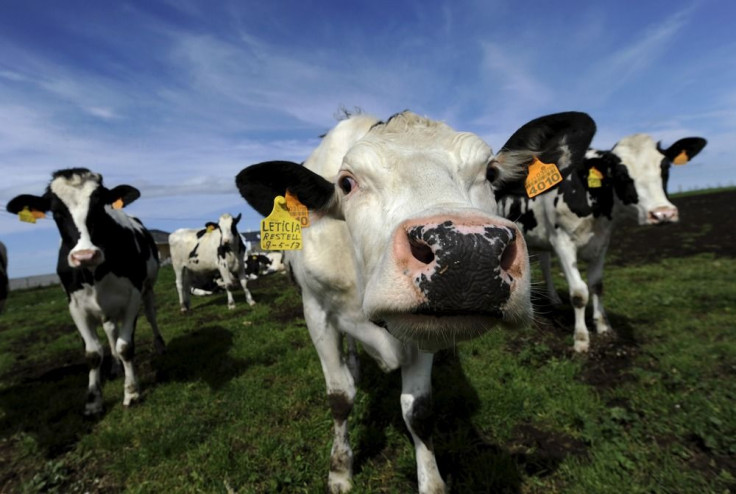New Zealand’s Dairy Major Fonterra To Invest In Farms: Proposal To Take Effect By Oct 2015

New Zealand’s multinational dairy co-operative Fonterra Group will invest in the country’s farms under a new fund. This may be launched by the end of 2015. Though the plan was announced in 2014 itself, the proposal to form an equity partnership trust for providing investment capital was seemingly delayed at the implementation level and the company's suppliers in New Zealand have been waiting for it.
Fonterra's Australian chief executive Judith Swales was quoted by Radio NZ that the fund might commence operations from October 2015. In his reaction, Federated Farmers' dairy chair Andrew Hoggard said: “They certainly had round table forums around the country with groups of suppliers getting feedback on what we thought of the idea and what we thought would be the pros and cons of it. So there was an expectation from farmers that this was something possibly planned for the New Zealand farming scene and I imagine most farmers would be interested in knowing from Fonterra what the overall feedback was from the New Zealand suppliers ... and what the management and the board have decided to go with here in New Zealand."
Fonterra had said it has been holding meetings with farmers in New Zealand and Australia and was in touch with large farming syndicates. According to Fonterra, most of them supported the initiative.
Chinese Farms
Meanwhile, Fonterra is also investing in more Chinese farms. Recently, it announced plans to develop two large-scale dairy farms in Hebei province in addition to the three existing farms which are doing well.
Chief Executive Theo Spierings made the announcement at the official opening of Fonterra’s second farm in China - called Yutian Farm One. The CEO said China has got a significant priority in Fonterra’s global strategy. “We have a long history in China and we are committed to the further development of the local Chinese dairy industry. We want to establish an integrated milk business in China that processes high quality milk from Chinese farms into dairy nutrition for Chinese customers and consumers,” he said.
Fonterra estimates that milk consumption in China will double in another five years and the country will be consuming more than 70 billion litres of milk every year by 2020. Much of this growth in demand for will be met from local production.
Fonterra had committed investment in five farms in the Hebei Province, in the northeast of China. Its first farm in Tangshan opened in 2007. Yutian Farm One is now milking around 2.200 cows and producing 11 million litres a year. It will have an optimum capacity of 30 million litres of high quality milk a year.
the construction of a third farm is in progress at Yutian County and and Fonterra is mulling an extra investment of NZ$100 million for two more farms in the same province. Together, they will have a herd size of 15,000 milking cows, capable of producing 150 million litres a year.
(For feedback/comments, contact the writer at k.kumar@ibtimes.com.au)





















